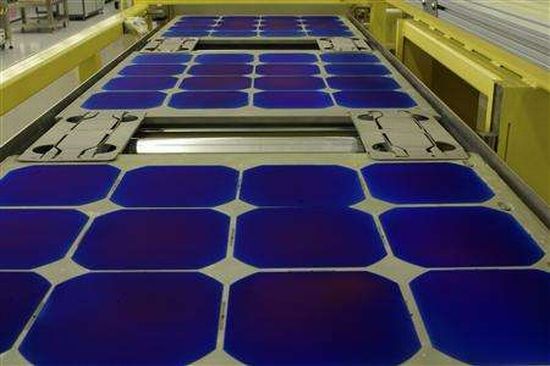

Small cells have many advantages because they require little material, they can be made of expensive types of semiconductors that are far more efficient than silicon. It can pick up and transfer thousands of the tiny solar cells at once without breaking them, completely changing the economics of using small solar cells. For the concentrating technology to work, the solar cells need to be picked up and arranged in an array so they can be paired with an array of lenses-and that’s where the rubber stamp comes in. Semprius’s stamp makes it possible to make arrays of solar cells that are far smaller and thinner than the ones that had been used in concentrating photovoltaics. Existing versions of this technology might use a lens with an area of about 400 square centimeters and focus it on a one-centimeter solar cell, for a concentration ratio of 400. The idea is that you can increase the amount of energy any solar cell gathers by putting lenses over the cell to focus light into it. The stamp, developed in Rogers’s lab, allows Semprius to improve upon a type of solar power called concentrated photovoltaics, which has been around for decades (see “ Ultra-Efficient Solar”). This stamp is what makes Semprius’s high-efficiency, low-cost solar power possible. At the end of a robot arm, and kept deliberately out of view, is a rubber stamp embossed with a pattern. At Semprius’s pilot factory in Henderson, North Carolina, that technology can be found inside two glass-enclosed devices, each not much bigger than an office copier. The company wouldn’t be possible without one key bit of new manufacturing technology, but that, too, is remarkably simple. It could grow simply by using excess capacity at existing LED manufacturing facilities. Unlike many earlier solar startups that gambled on developing entirely new manufacturing equipment, Semprius mostly uses inexpensive, off-the-shelf equipment, some of it from the LED industry. A few years ago, Semprius would have had no trouble raising $40 million so that it could increase capacity and lower costs to the break-even point. government in the form of a loan to build a large factory to prove its technology.

In the heyday of the solar technology bubble, the ill-fated startup Solyndra raised about $1 billion from venture capitalists and got another half billion from the U.S. Semprius is not actually asking for that much money.

That raises a disturbing possibility-might a breakthrough technology that could make solar power truly competitive never see the light of day, not because of any lack of technical merit, but because investors have been scared off? Its current investors say they’ll contribute, and for now they’re loaning the company money to keep it in business, but they won’t do so forever. Right now it can make enough solar units to produce six megawatts of power per year, but it needs to raise that to at least 200 megawatts. The company is raising $40 million in hopes of doing this. For its technology to be cost-effective, Semprius must scale up the production of its solar cells significantly. Yet for all the promise of the technology, Semprius is in a tough financial spot. This year it demonstrated that it could use a version of its technology to make a novel kind of solar cell that, some believe, could convert half of the energy in sunlight into electricity, about three times better than conventional solar cells. Semprius has raised $45 million from investors including Siemens, and has set records for solar-cell efficiency-meaning the amount of energy in sunlight that is converted into electricity. The technology originated in the lab of John Rogers, a professor of chemistry and materials science and engineering at the University of Illinois.


 0 kommentar(er)
0 kommentar(er)
